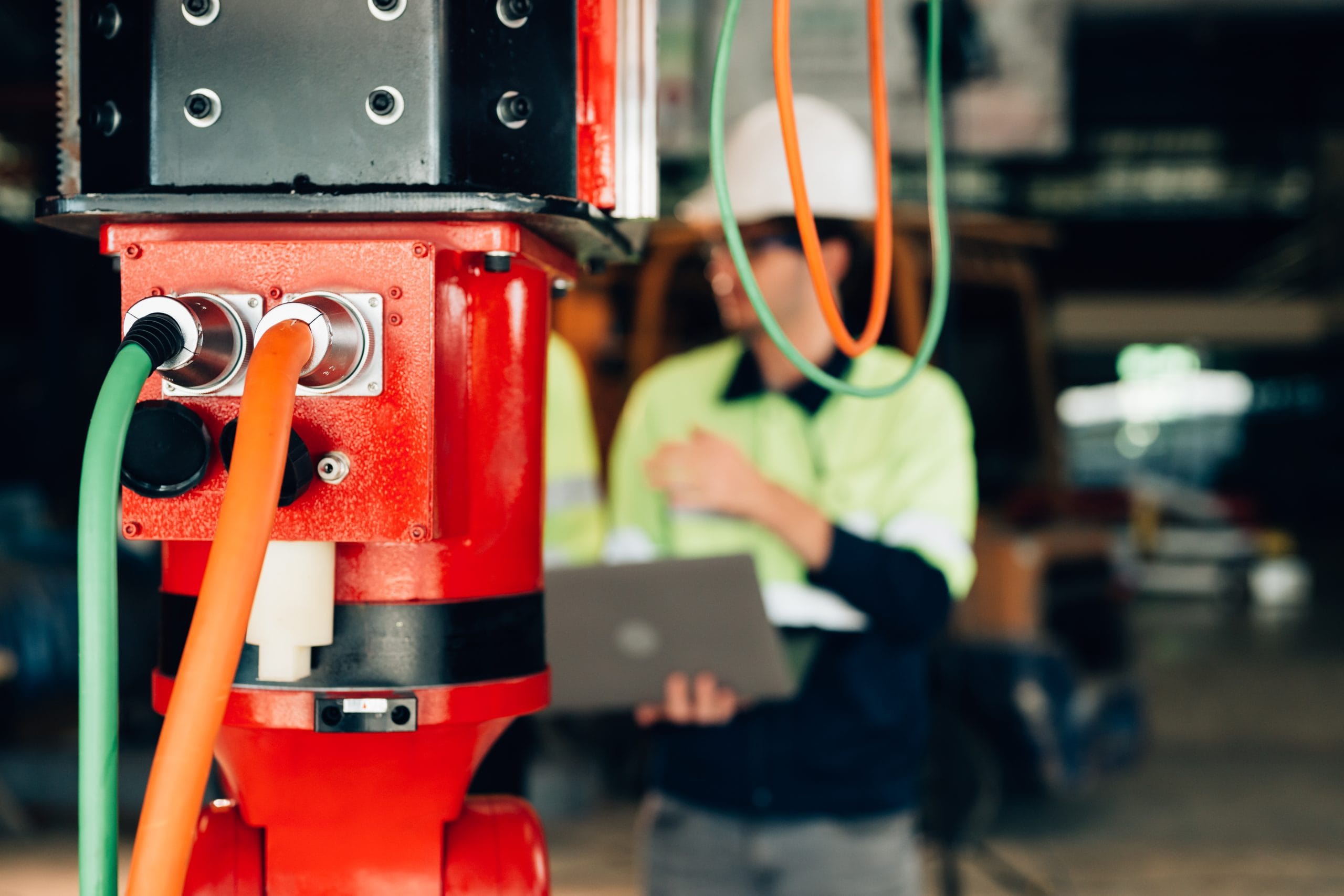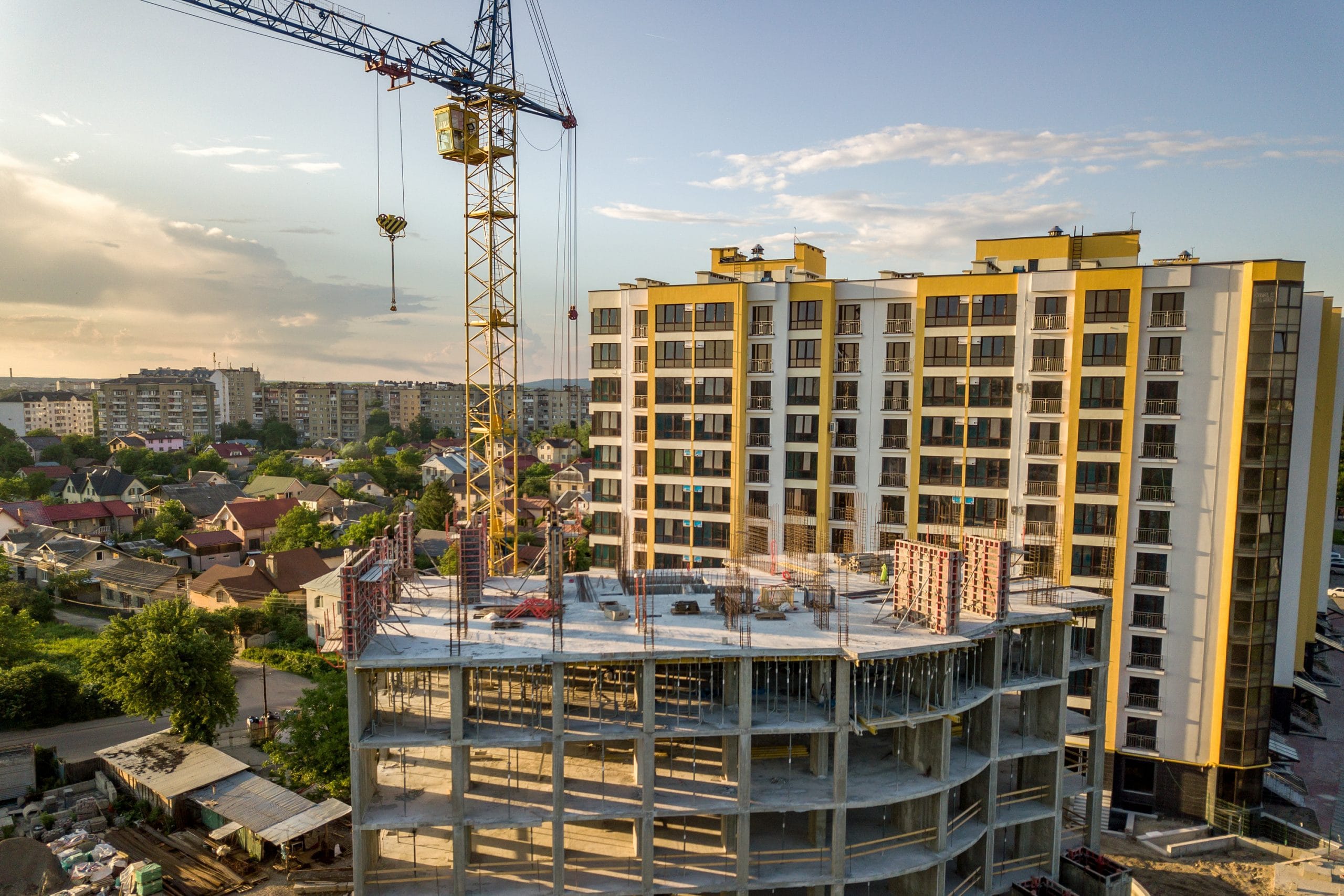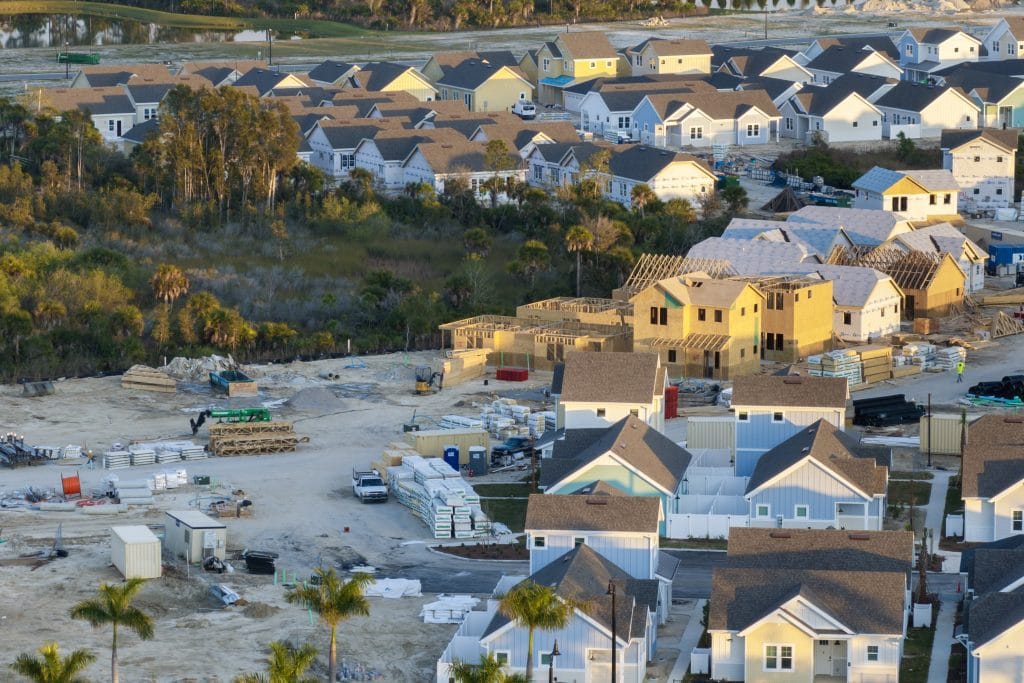


Real Estate Developers Betting on Wellness Communities

Across the real estate world, developers are rethinking what defines value. For decades, the formula was predictable, location, square footage, and price per foot drove decision-making. Today, that formula is being disrupted by something less tangible yet increasingly powerful, wellness. Health, connection, and quality of life are moving from optional amenities to core design principles. Developers are not just building neighborhoods anymore; they are building ecosystems designed to help people live better.
The concept of wellness communities has evolved far beyond yoga lawns and smoothie bars. It is becoming a major growth sector that intersects with healthcare, technology, and sustainability. Investors and entrepreneurs have taken notice, seeing that the future of real estate is not just about luxury, it is about longevity.
From Florida to California, from master-planned suburban developments to urban residential towers, wellness is being built into the blueprint. Developers understand that people want to live in spaces that support their physical and mental health, and those desires are reshaping the entire industry.
The Shift From Amenities to Lifestyle
Real estate trends often reflect social priorities, and right now, wellness sits near the top. The pandemic accelerated this mindset shift. Health was no longer just personal, it became environmental. Air quality, access to outdoor space, and natural light went from nice-to-have to must-have. Developers saw the opportunity to integrate these priorities into the physical fabric of their projects.
Take the rise of master-planned wellness communities, places intentionally designed around fitness, sustainability, and mental well-being. What was once viewed as niche is now central to how developers position new projects. According to the Global Wellness Institute, the wellness real estate market has grown exponentially, now valued in the hundreds of billions of dollars worldwide. Global Wellness Institute
This movement is not confined to luxury buyers. Families, retirees, and even younger professionals are gravitating toward developments that promise healthier environments and stronger community ties. In markets like Austin, Miami, and Scottsdale, developers are competing not just on finishes or amenities, but on how their spaces make people feel.
The Business Case Behind Wellness
Developers have always followed the data. When buyers start paying premiums for features tied to wellness, that is not a fad, it is a signal. Studies from the Global Wellness Institute indicate that properties built around health principles can command price premiums of 10% to 25%. The reason is simple, wellness sells stability.
For investors, this segment represents a strategic hedge. Wellness-focused communities tend to have higher retention rates, fewer vacancies, and stronger word-of-mouth. They attract residents who view their homes as long-term environments rather than transitional stops. In a business where turnover and churn can drain profits, stability has real financial value.
The idea also fits neatly into the sustainability narrative that is reshaping corporate investment strategies. Developers that integrate energy efficiency, green design, and health-focused infrastructure can position their projects as both environmentally responsible and personally beneficial. This dual narrative, planetary health and personal health, gives developers a unique advantage when marketing to modern buyers.
Building for Body and Mind
Developers are finding creative ways to translate wellness into design. At Lake Nona in Orlando, for example, the entire 17-square-mile community is planned around the concept of living well. It features a medical city with leading research institutions, miles of trails, and technology integrations that promote active living. Similarly, Serenbe outside Atlanta blends agriculture, sustainability, and wellness programming into an intentional community that feels more like a retreat than a subdivision.
What these projects share is an understanding that wellness is not an amenity, it is an experience. The layout of streets, the orientation of buildings, and the flow of light all influence how residents live. Parks and walking paths are not afterthoughts; they are the arteries of the community. Developers that build with this mindset are effectively creating environments that encourage healthier, longer, and more connected lives.
The return on this type of investment is not only financial. These developments build brand equity and trust. Buyers associate them with lifestyle quality and forward-thinking design, which helps developers attract future capital and repeat customers.

Investors Following the Trend
Institutional capital has started flowing into this space as wellness becomes a measurable business driver. Private equity firms and REITs are exploring projects tied to health-oriented living, seeing them as stable long-term bets. The overlap between real estate and healthcare is particularly appealing. Investors understand that preventive wellness aligns with national demographic trends, especially as aging populations seek communities that promote active living.
For business professionals and entrepreneurs, this intersection presents multiple points of entry. Some are developing wellness technology platforms that integrate with residential infrastructure, such as air-quality monitoring or circadian lighting systems. Others are building service companies that provide operational support for wellness-focused properties, everything from on-site nutrition and fitness programming to sustainability consulting.
Developers who align their projects with credible wellness frameworks, like the WELL Building Standard, gain added credibility and market distinction. These certifications not only attract conscious buyers but also provide measurable benchmarks that investors can trust.
Beyond Luxury: Making Wellness Scalable
One of the most promising signs for the future of wellness real estate is its migration into mainstream markets. Early projects catered primarily to affluent buyers, but newer developments are proving that wellness can be democratized.
In several suburban and mid-tier urban areas, developers are experimenting with scaled-down wellness features such as better air systems, natural landscaping, access to community gardens, and outdoor recreation without inflating prices. These communities may not have full-service spas or medical partnerships, but they still offer healthier living environments.
For many families, this blend of affordability and well-being is compelling. It speaks to a growing realization that wellness does not have to mean luxury; it means thoughtfulness. For developers, that shift opens a wider customer base while still maintaining differentiation in crowded markets.
How Technology Is Enhancing Wellness Living
Technology has become the bridge connecting real estate and personal health. Smart homes now track air quality, regulate humidity, and adjust lighting to match natural circadian rhythms. In some communities, developers are integrating platforms that help residents track steps, sleep quality, and even mindfulness sessions.
This data-driven approach personalizes wellness while improving operational efficiency. It also provides feedback loops that help developers adapt amenities to resident behavior over time. Entrepreneurs in this ecosystem are finding opportunities in software, hardware, and service integrations, all centered on helping people live better through design and data.
The result is a new model of community management, one that merges technology, hospitality, and health in a way that feels seamless rather than intrusive.
The Human Side of the Trend
Strip away the numbers and strategy, and wellness communities are about something deeply human, the desire for balance. Modern life can feel fast, noisy, and disconnected. The appeal of wellness-oriented neighborhoods lies in their promise to slow things down. They are designed to make daily living feel intentional again.
For many residents, it is about walking paths where neighbors stop to talk, or outdoor spaces that invite children to play. It is about natural light that changes how mornings feel, or cleaner air that makes breathing easier. Developers who build with these outcomes in mind are not just selling homes, they are offering a lifestyle that feels emotionally relevant.
From a business perspective, that emotional connection is powerful. People are willing to invest more when they feel that their environment genuinely improves their quality of life. It is a rare case where doing something that feels good is also good business.
Closing Remarks
Real estate developers betting on wellness communities are doing more than following a trend, they are aligning with the future of how people want to live. The movement bridges business strategy and human aspiration, connecting profitability with purpose. It is not just about building healthier homes; it is about redefining what a community can be.
As the line between real estate, health, and lifestyle continues to blur, those who innovate thoughtfully, balancing sustainability, design, and experience, will shape the next era of property development. For entrepreneurs and investors alike, this is not just a construction story. It is a cultural one. And like every meaningful shift in business, it begins with understanding what people truly value.





